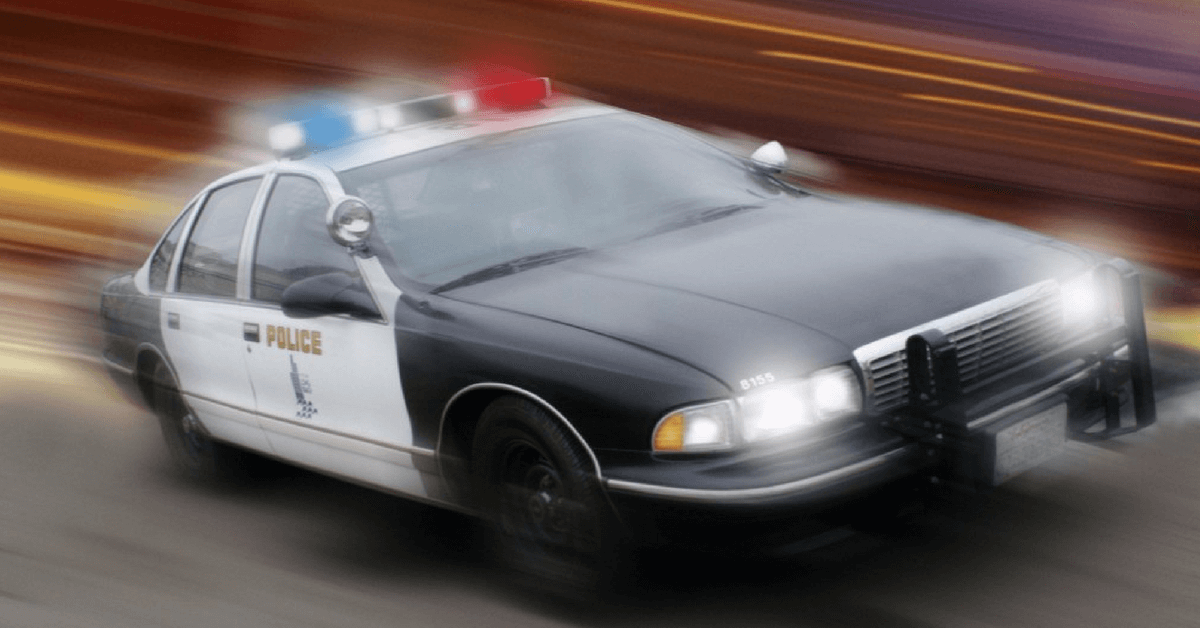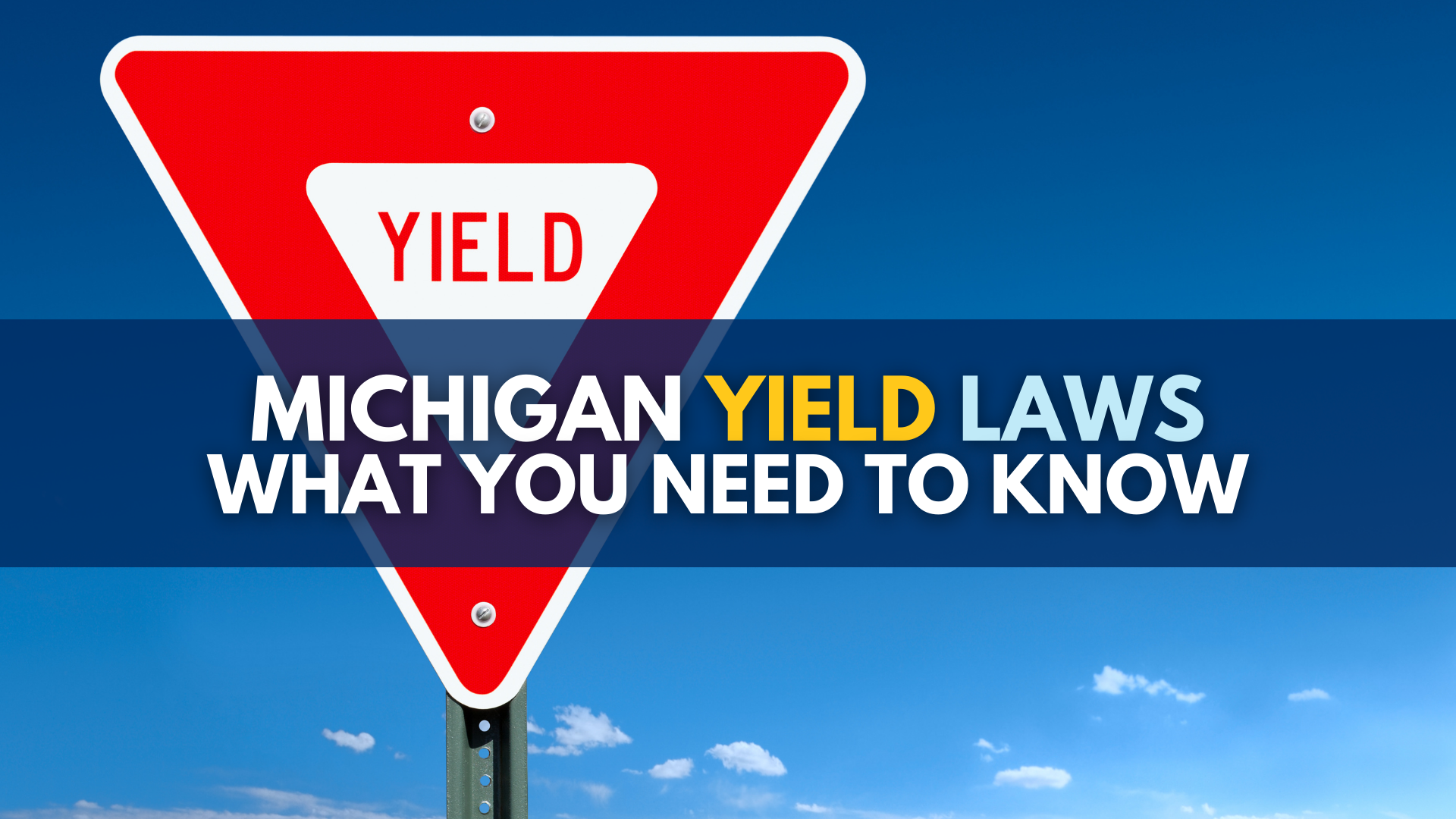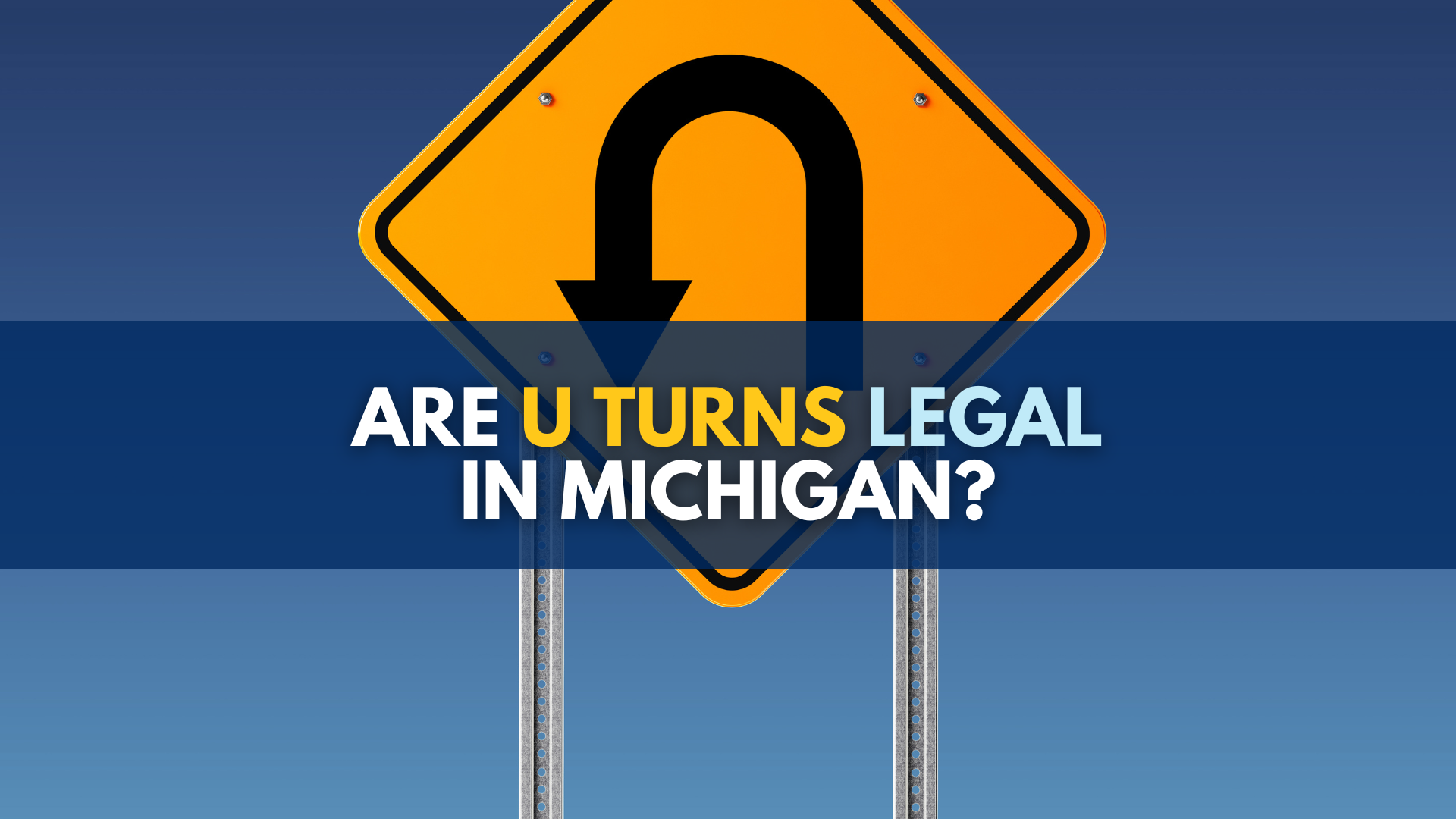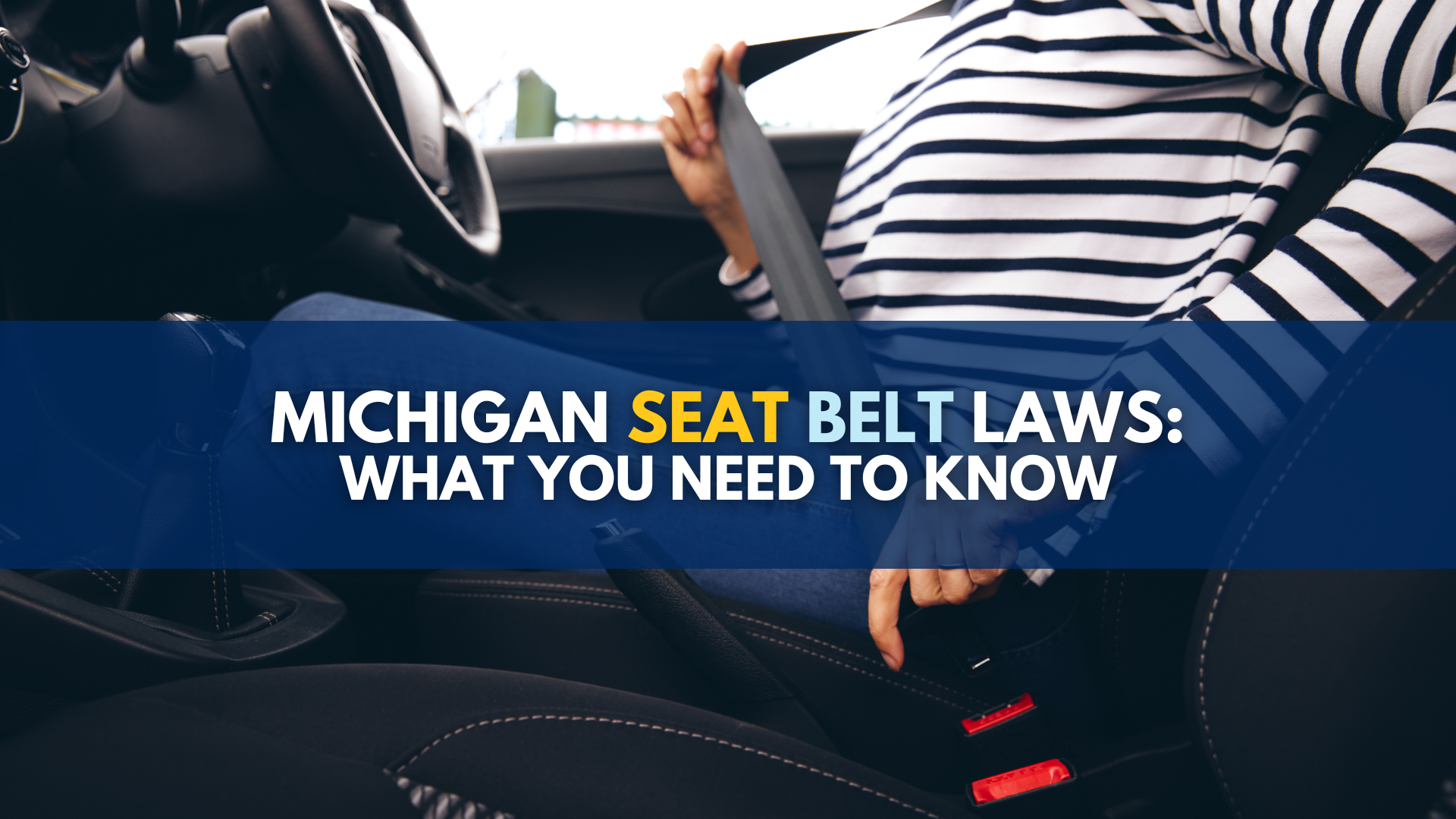With more chronic pain sufferers using medical marijuana, how do you prove impairment if a car crash occurs? AAA-FTS study shows THC impairment threshold can’t be scientifically supported

I’ve long been a proponent of the legalization of marijuana, and on the pages of this auto law blog I’ve called for Michigan’s auto No-Fault insurance companies to pay for medical marijuana for the people who suffer from chronic pain from car accidents. I have a unique perspective on the opiate crisis facing America today because I’ve seen first-hand, through my own clients over the last two decades, how much devastation it is causing to my clients who suffer from terrible pain and to our society.
But today’s blog takes on an interesting but different issue: how do you prove impairment caused by marijuana use?
Michigan currently has a commission investigating this issue to determine how much THC — i.e., marijuana — in a driver’s system makes him or her impaired and, thus, unsafe to drive. The commission is called the “impaired driving safety commission” and its mission is to:
“[R]esearch and recommend a scientifically supported threshold of THC bodily content to provide evidence for per se impaired driving in this state.” (MCL 28.793)
The law creating the commission was signed into law in December 2016 and the commission took effect March 21, 2017.
As I said in my blog post last year on this issue, when the commission was still just a proposal being considered by the Michigan Legislature:
“This is a win for lawmakers and law enforcement looking to make our roads safer and protect the public. And it’s a win for my clients and for all the people who currently are using medicinal marijuana for chronic pain and other serious injuries and medical conditions, because it will establish a number that can ease their own anxiety that the only drug that is giving them relief from pain won’t land them in criminal trouble by mistake.”
There’s only one problem:
The commission may be attempting to achieve the impossible.
Proving the impossible? Study on marijuana-impaired driving a tough scientific obstacle to overcome
A recent May 2016 study from the AAA-Foundation for Traffic Safety concluded that:
“Based on this analysis, a quantitative threshold for per se laws for THC following cannabis use cannot be scientifically supported.”
Specifically, the study, “An Evaluation of Data from Drivers Arrested for Driving Under the Influence in Relation to Per se Limits for Cannabis,” showed:
- “[D]rivers with THC concentrations below 5 ng/mL [the level at which Washington, Montana and Colorado have set ‘as a per se or presumptive limit for cannabis in drivers’] are just as likely as those with higher THC concentrations to show signs and symptoms consistent with cannabis use and impairment.”
- “[I]ndiscriminate selection of a 5 ng/mL threshold for per se laws virtually guarantees that approximately 70 percent of all cannabis using drivers, whose actions led to them being arrested, will escape prosecution under a 5 ng/mL per se standard.”
- “Neither the walk-and-turn, nor one-leg-stand tests showed increasing rates of error as a function of THC concentration across the range 1 to 47 ng/mL. Only the finger-to-nose test showed that subjects with higher THC concentrations made a greater number of misses than the subjects with lower THC concentrations.”
Based on the AAA-FTS study, it appears the impaired driving safety commission has its work cut out for it.
It will be very interesting to see if any of the Commission members — such as the Michigan State Police director or the physician, toxicologist, lawful medical-marijuana user or the university professors — will address the results of the AAA-FTS’s study. (MCL 28.793(3))
Luckily, we should be able to find out. The commission is subject to the Open Meetings Act and the Freedom of Information Act. (MCL 28. 793 (13) and (14))
Are there any reliable tests to prove marijuana-impaired driving?
Despite the gloomy outlook for identifying a uniform THC level that equates with a driver being marijuana-impaired, the AAA-FTS study did suggest another possible avenue for identifying drivers who are “high on pot”:
Field sobriety tests.
Specifically, the study found that, when compared to “drug-free” drivers, “cannabis-positive” drivers “indicated poorer performance in the psychophysical tests for impairment (walk-and-turn test, one-leg-stand test, and finger-to-nose test)”:
- “On the walk-and-turn test, 55.5 percent of drug-free subjects were able to complete the test without errors while only 6.0 percent of the cannabis-positive subjects were able to do so.”
- “In the one-leg-stand test, 67.2 percent of drug-free subjects were able to complete the test with no errors, while only 24 percent of the cannabis-positive drivers were able to do so.”
- “On the finger-to-nose test 49.2 percent of the drug-free subjects performed the test without errors, compared to only 5.2 percent of the cannabis-positive subjects.”
Additionally, the study concluded that “cannabis-positive suspected impaired drivers are more likely to present signs and symptoms associated with cannabis use than drug-negative subjects”:
- “Indicators of red, bloodshot and watery eyes, eyelid tremor, lack of convergence and rebound dilation all showed significantly greater … incidence in the cannabis-positive subjects.”
- “Cannabis-positive subjects were also more likely to have higher systolic blood pressure and higher pulse rates.”


